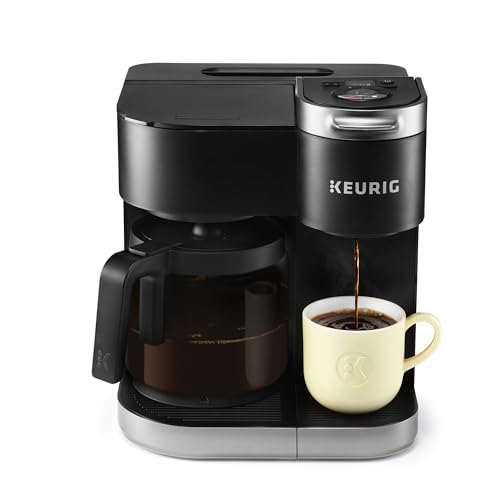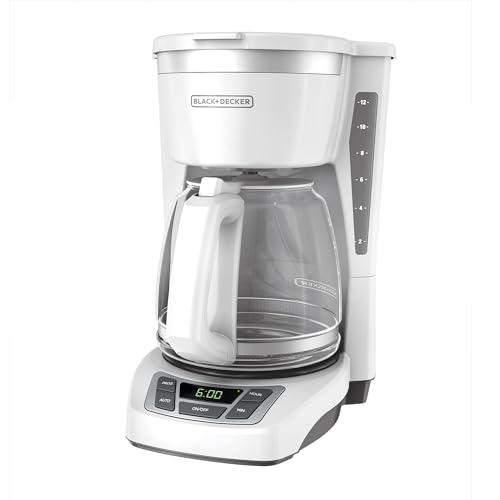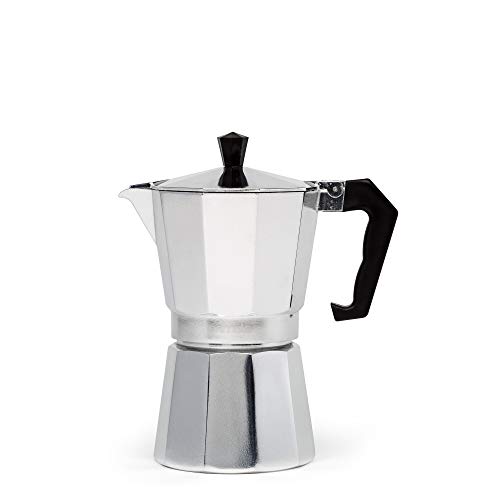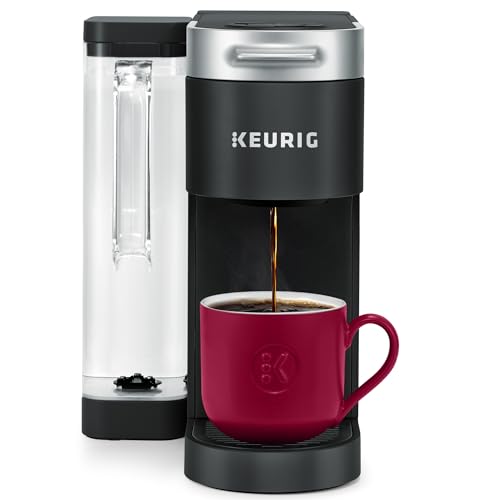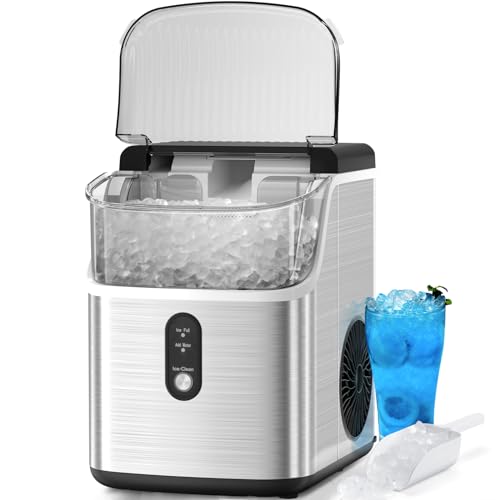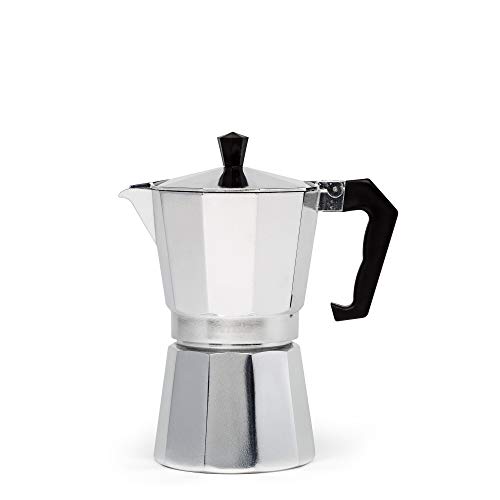“How Many Ounces In A Glass Of Wine?” – a question often asked by wine enthusiasts, health-conscious individuals, and those simply curious about serving sizes. This seemingly simple inquiry is, in fact, layered with a range of factors, from the type of wine to the glassware used.
This article aims to provide an in-depth exploration of this topic, considering various elements that can influence the actual quantity of wine in a glass. Each pour, each sip holds a story – one that transcends beyond the mere volume of liquid.
Join us as we delve into the world of wine, bringing forth an understanding of standard wine measurements and the significance it holds in savoring this age-old beverage. In this exploration, we’re not just answering a question; we’re unraveling the culture and tradition inherent in the simple act of pouring a glass of wine.
How Many Ounces In A Glass Of Wine?
Typically, a standard serving of wine is considered to be 5 ounces. This measure is universally accepted and endorsed by many health organizations as a moderate drinking guideline. However, in practice, the actual amount of wine in a glass may differ.
Factors including the size and shape of the wine glass, the type of wine, and cultural or personal pouring habits can all contribute to variations. For instance, a full-bodied red wine might be poured less liberally than a lighter, white wine.
It’s worth noting that certain wines are best appreciated when served in specific measures. A bold Cabernet Sauvignon, for instance, is often served in larger glasses, with a pour of approximately 6 ounces. This allows the wine to breathe, enhancing its flavor and aromas.
Conversely, a delicate and sweet dessert wine is typically served in smaller quantities, often just 2 to 3 ounces. This smaller serving not only reflects the stronger, sweeter flavors of these wines but also their often-higher alcohol content.
In conclusion, while the standard measurement of 5 ounces gives a good baseline, the number of ounces in a glass of wine can vary widely. Understanding this can enhance your wine-drinking experience, allowing you to fully appreciate the nuances and complexities of different types of wine.
See more: Is a Glass of Wine a Day Good For You?
Learn How to Measure a Standard Pour of Wine
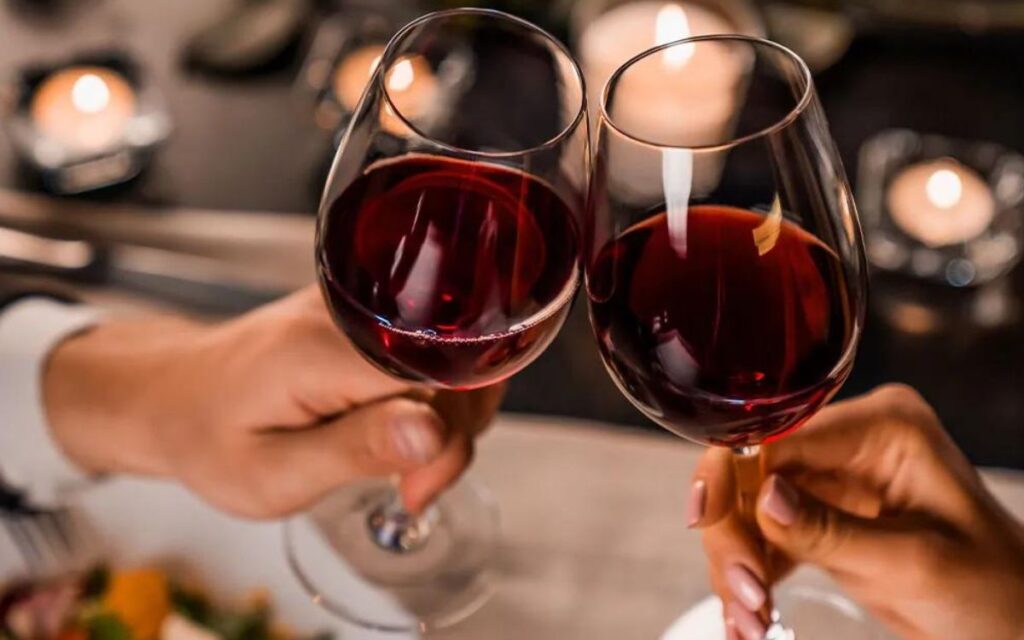
When it comes to measuring a standard pour of wine, there are a few basic techniques that can be quite handy. The first method involves using the wine glass itself as a guide. Many wine glasses are designed such that when filled up to the widest point, they hold exactly 5 ounces of wine.
However, this method assumes that all wine glasses are of the same size and design, which is not always the case. Therefore, one might need a more accurate way to measure. That’s where wine measuring tools come into play. These tools, often resembling a small cup or tube, are designed to measure out the perfect 5-ounce pour.
Now, let’s say you’re in a situation where you don’t have access to a measuring tool. Don’t worry, there’s a simple trick you can use. Pour the wine into the glass until it’s about one-third full. This usually equals approximately 5 ounces. Remember, it’s always better to underpour than to overpour.
Finally, it’s important to keep in mind that wine is meant to be enjoyed and savored. The perfect pour is less about the exact ounces and more about allowing the wine to express its true character. So, next time you pour a glass of wine, remember these tips, and above all, enjoy the experience.
Tips for Enjoying Your Glass of Wine
Understanding the nuances of wine consumption is as much about the sensory experience as it is about knowledge of measurements. Here are some tips to elevate your wine drinking experience.
Ensure your wine is served at the appropriate temperature. Red wines are ideally served slightly below room temperature, around 60-65 degrees Fahrenheit, while whites and rosés are best enjoyed chilled between 45-60 degrees Fahrenheit.
Consider the order in which you taste your wines. As a rule of thumb, start with sparkling wines, then move on to light whites, full-bodied whites, rosés, light reds, and finally, full-bodied reds and dessert wines. This progression helps to preserve your palate.
Take your time to appreciate the color and aroma of the wine before your first sip. Swirl the wine gently in your glass to release its aromas. Then, take a moment to inhale and consider the fragrance. Each wine carries the scent of its grape variety, fermentation process, and maturation.
When you sip, let the wine linger in your mouth for a while. This may feel strange at first but remember, wine tasting is more about savoring than drinking. This allows you to appreciate the complexity of flavors that unfold in your mouth.
Pair your wine with the right kind of food. While it’s common knowledge that red wines usually go well with red meat and white wines with fish and poultry, don’t be afraid to break the rules. It’s all about balancing the flavors.
Lastly, enjoy the aftertaste or the ‘finish’ of the wine. A wine’s finish is the taste that remains in your mouth after swallowing. A good wine often has a long, pleasant finish.
Remember, wine tasting is a personal journey. Everyone’s palate is unique and what works for one person might not work for another. The most important thing is to enjoy the experience.
Frequently Asked Questions
In the intricate world of wine, it’s only natural that questions arise. The precise measure of ounces in a glass of wine is one of many aspects that pique curiosity. Here we will address some common inquiries on this subject, providing comprehensive answers to clarify any lingering doubts.
What happens if I pour more than 5 ounces of wine in a glass?
Going beyond the standard serving size of 5 ounces is not uncommon. While doing so occasionally might not significantly affect your wine-drinking experience, consistently overpouring can lead to a misjudgment of your alcohol intake. This could indirectly contribute to excessive drinking, which is detrimental to health.
Furthermore, overpouring could potentially compromise the sensory experience of wine tasting. It might disrupt the wine’s exposure to air, hindering the release of its nuances of flavors and aromas. Therefore, adhering to the standard serving size is generally recommended for a balanced and enjoyable wine-drinking experience.
Why does the type of wine influence the number of ounces in a glass?
The type of wine can indeed influence the quantity poured into a glass. This is because different wines have varying intensities of flavors, aromas, and alcohol content. For instance, full-bodied red wines like Cabernet Sauvignon are often poured less liberally, approximately 6 ounces, due to their strong flavors and higher alcohol content.
On the other hand, lighter wines such as white wines are typically poured more generously. The type of wine and its respective characteristics thus directly influence the ideal serving size to ensure an optimal wine-drinking experience.
Final Thought
Wine is a complex and fascinating world, filled with intrigue and elegance. It invites us to understand, appreciate, and savor its multifarious expressions. From its quality to its quantity, every aspect contributes to the overall experience.
The question, “How Many Ounces In A Glass Of Wine?” is not just about measurement. It’s about understanding the ethos of wine consumption. It calls for a balanced approach to drinking wine, where we respect the harmony between quantity and quality.
We’ve discovered that the standard pour for wine is generally around 5 ounces. However, this might vary depending on the type of wine, the design of the glass, and individual preference. It’s evidence that wine-drinking is not merely a passive act, but an active engagement.
In conclusion, the number of ounces in a glass of wine contributes to the art of wine-drinking. It all comes down to personal taste, context, and understanding. So next time you pour yourself a glass, remember to enjoy every ounce. After all, it’s not about how many ounces in a glass of wine, but how much joy those ounces bring to your senses.
